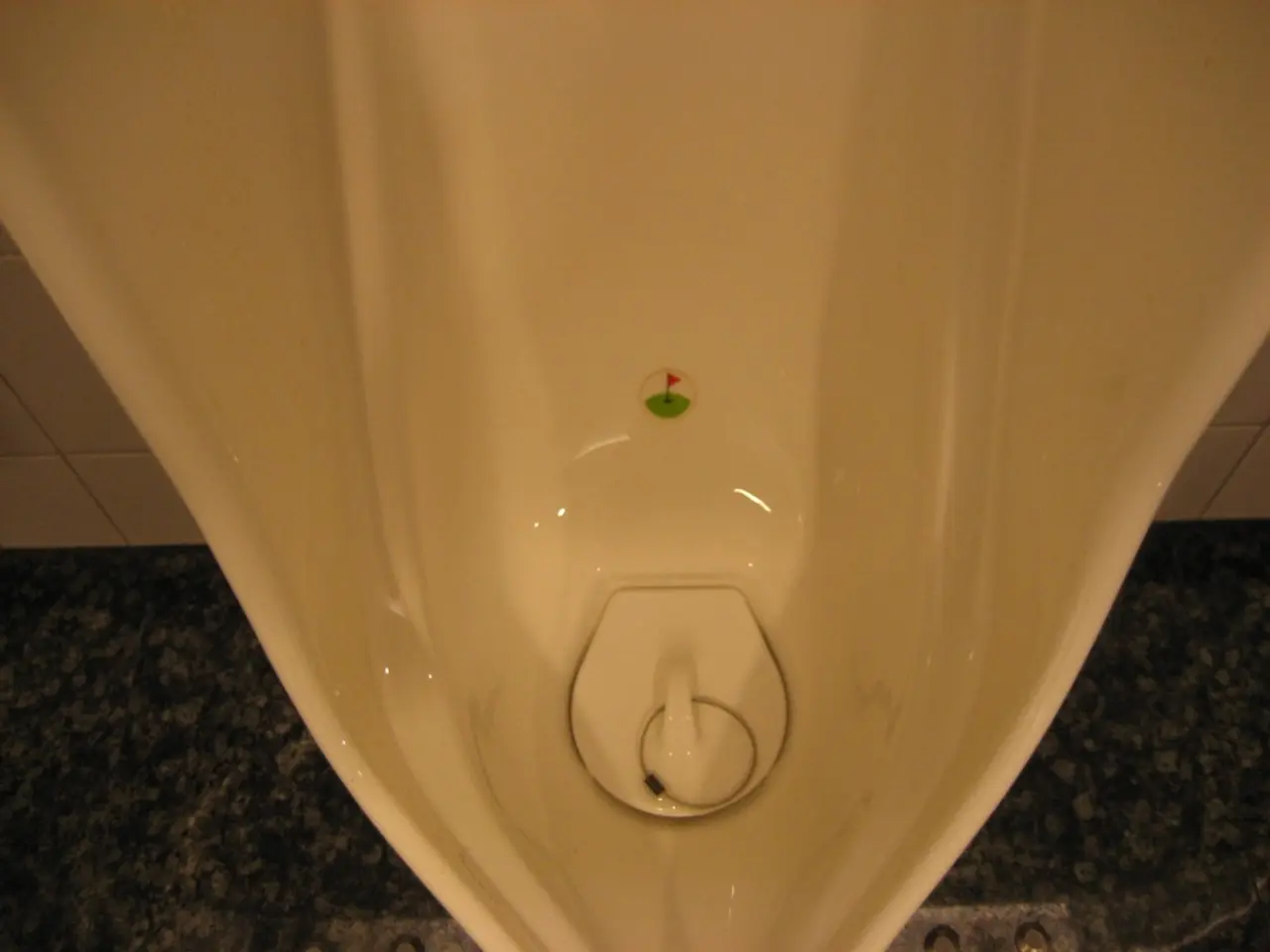Transformation of Urine into Material Suitable for Medical Implant Production by Scientists
In a groundbreaking development, scientists have discovered a novel method to transform human urine into hydroxyapatite, a calcium phosphate mineral found naturally in bone and tooth enamel. This breakthrough was made possible through the use of genetically modified yeast, known as "osteoyeast."
The osteoyeast is derived from *Saccharomyces boulardii*, a type of yeast commonly used as a probiotic. The researchers engineered this yeast to efficiently uptake calcium and phosphate ions and break down urea, creating an intracellular environment to form hydroxyapatite crystals within specialized vacuole compartments inside the yeast cells. This process mimics the function of osteoblasts, the natural bone-forming cells in humans.
The hydroxyapatite produced through this method has several potential applications. In the medical field, it can be used for bone and dental implants due to its biocompatibility and ability to promote bone growth, making it an ideal choice with minimal risk of rejection.
In addition to medical applications, hydroxyapatite can also be used for archaeological restoration, biodegradable alternatives to plastics, and construction materials. Its remarkable strength and toughness make it a candidate material for replacing some plastics, offering a sustainable, biodegradable option. In the construction industry, hydroxyapatite's lightweight and durable nature can be incorporated into materials for enhanced strength and sustainability.
This innovative approach offers several benefits. It helps reduce environmental pollution by removing nutrients from wastewater streams, specifically human urine, which would otherwise contribute to nutrient buildup and contamination. The process is also cost-efficient, as it reduces the high costs and complexities associated with culturing osteoblasts or synthesizing hydroxyapatite chemically. Furthermore, the process recycles waste urine into valuable materials, potentially lowering wastewater treatment costs and energy consumption.
The study, which was published in the journal Nature Communications on May 6, was funded by the U.S. military's Defense Advanced Research Projects Agency (DARPA). The scientists are now investigating ways to make the process work at scale, with hopes of applying it to 3D print hydroxyapatite-based materials for various applications. This development could potentially be accessible to developing economies due to its low infrastructure requirements.
The osteoyeast, derived from Saccharomyces boulardii, has been engineered to imitate the function of osteoblasts in forming hydroxyapatite, a material with potential uses in health-and-wellness sectors like medical-conditions, such as bone and dental implants. This health-and-wellness application leverages hydroxyapatite's biocompatibility and ability to promote bone growth, while technological advancements enable its use in various industries, ranging from archaeological restoration and biodegradable plastics alternatives to construction materials.




